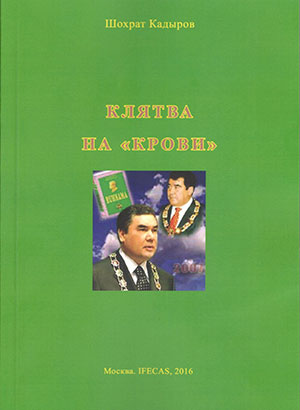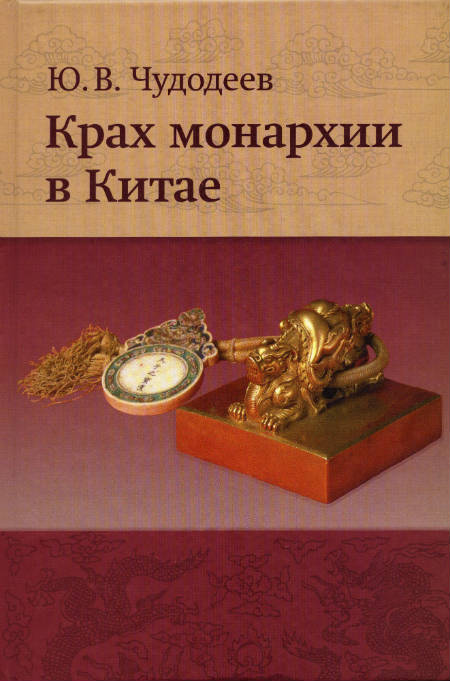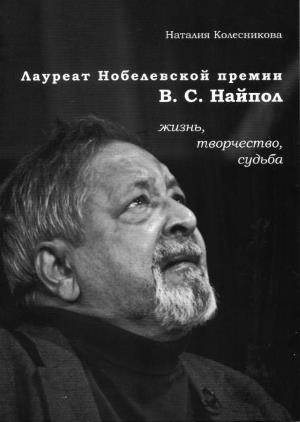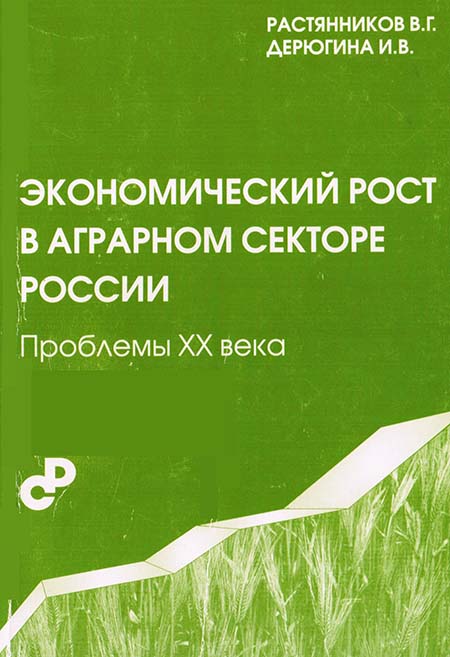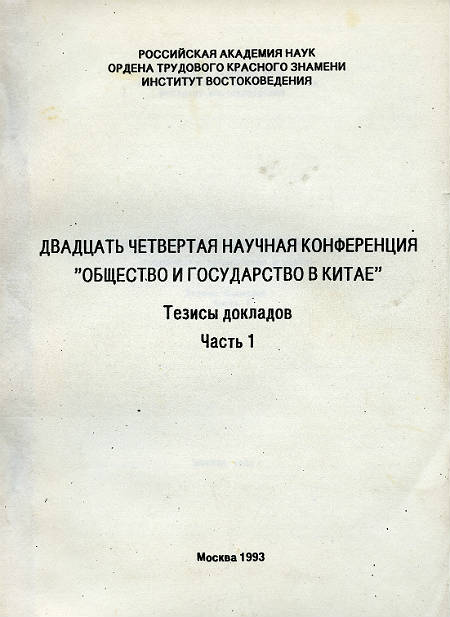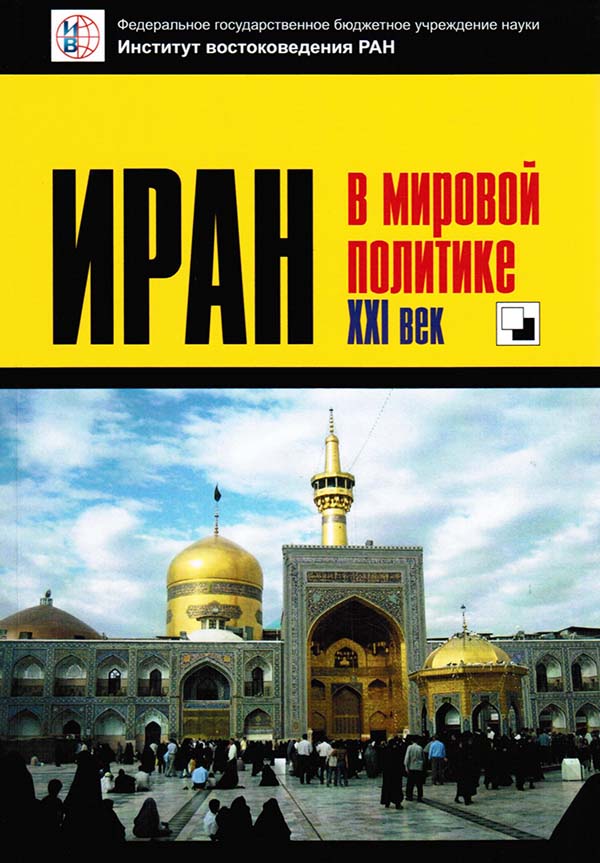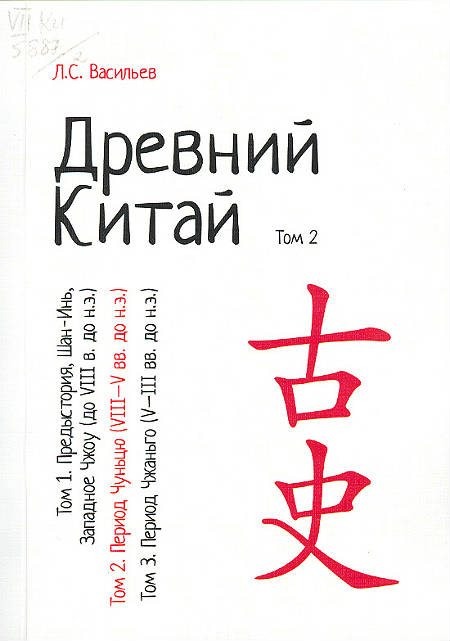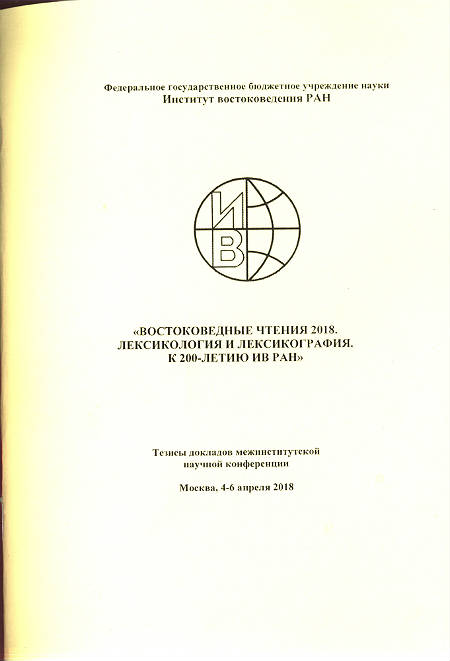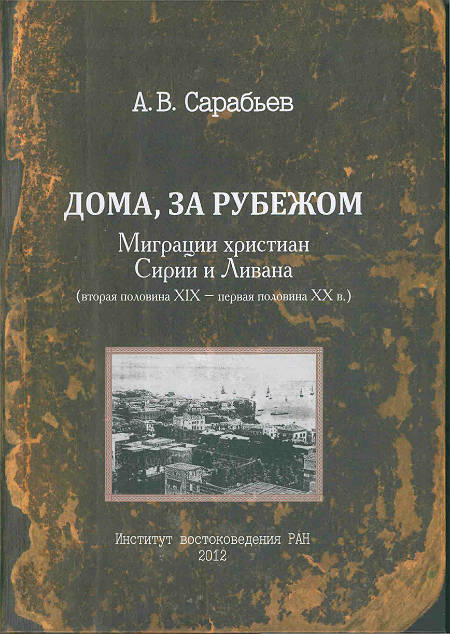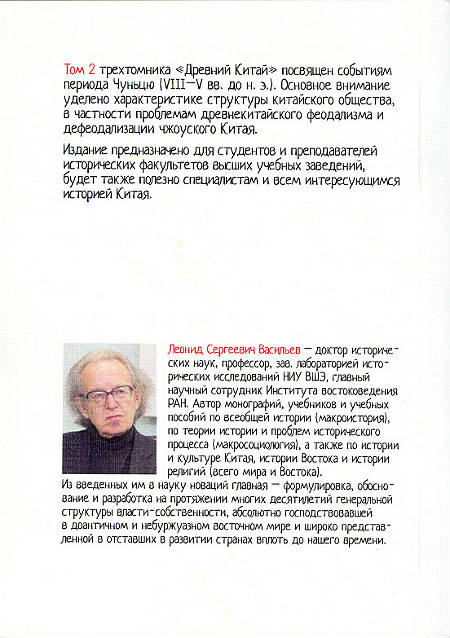Book
Ancient China: in 3 Vol. : Vol. 2. Ch’un – Ch’iu Period (the 8 – 5 Cent. B.C.)
Москва, 2015, 623 p.
The second volume of a three-volume publication about history and culture of Ancient China devoted to the Ch’un – Ch’iu period. Great attention is paid to the structure of the Chinese society, to the problems of ancient Chinese Feudalism and to the transition from the old norms of social life to the new ones, which started shortly before Confucius’ death. Actually, that was the defeudalisation that accompanied the iron age and the process of privatization in the feudal structure of the Ch’un–Ch’iu period. It led T’ien-hsia to new forms of life before this structure had developed completely or was transformed. In other words, a non-finalized feudalism was replaced by an epoch, in which there was no room any more for a feudal-knight structure with its internal wars, intrigues and permanent clashes inthe struggle for the throne. This great ideologeme with its profound meaning appeared in historically necessary time. It coincided with objective economic, administrative and political processes that began taking place shortly after its appearance. And what is most important – it found its ardent supporter in Confucius, whose activity in the sphere of transformation of old traditions multiplied its force and efficiency many times. Formally the chronicle Ch’un–Ch’iu ends in the year of the death of Confucius. This could also be considered as the end of the Ch’un–Ch’iu period. There is a deep internal sense in that because China became different after Confucius. However, the border between the Ch’un–Ch’iu and Chan–guo periods is usually dated taking into account the gradual disintegration of Chin kingdom.
РУССКАЯ ВЕРСИЯ: Древний Китай: в 3 т. : т. 2. Период Чуньцю (VIII – V вв. до н.э.)

